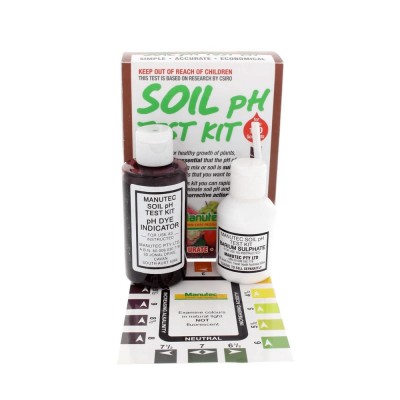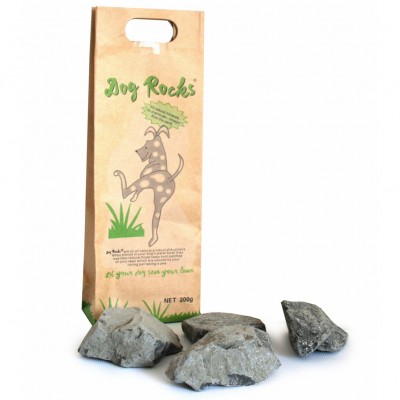Skip to: Where do mole crickets live? How do mole crickets communicate with each other? What type of mole crickets are in Australia? Why are mole crickets a pest? How to test for mole crickets? How to remove mole crickets.
Has your lawn been impacted by mole crickets? In this blog we look at what mole crickets are, and when they are considered to be a pest.
What Do Mole Crickets look like?
Mole crickets, members of the cricket family, spend nearly their entire lives underground. Their front half resembles a mole, equipped with sturdy, shovel-like claws designed for efficient burrowing. Unlike typical crickets that use their powerful hind legs for jumping, mole crickets have shorter back legs specialized for pushing dirt aside as they dig.
They are between 3cm to 4cm long with a rigid head and forelimbs while having a soft abdomen. On their face, they have two fine antennae and a pair of black beady eyes. These crickets will have two sets of wings: a pair of forewings and a pair of hind wings.

Where Do Mole Crickets Live?
Mole Crickets are most commonly found in coastal, urban and grassy woodlands where there is more rainfall. They are most active throughout the warmer months of the year.
How Do Mole Crickets Communicate With Each Other?
Mole crickets are primarily nocturnal, becoming most active after rainfall or recent lawn irrigation. Males position themselves at the entrance of their burrows, facing inward, and produce calls to attract females. Damp burrows are more appealing to females than dry sites, as they provide a more favourable environment for laying eggs.
Fact: Did you know that the male Mole Crickets are one of the loudest insects, with Cicadas being the loudest?
What Type of Mole Crickets Are in Australia?
Australia has its own native species of Mole Cricket called Gryllotalpa pluvialis. Other species found in Australia are the African Mole Cricket (Gryllotalpa africana) and the Changa Mole Cricket (Scapteriscus didactylus), which was accidentally introduced to the Newcastle area.
Why Are Mole Crickets Considered to be a Pest?
These insects feed primarily on grass roots to obtain nutrients, making them a significant pest, particularly on golf courses and lawns. Their feeding and burrowing habits can gradually cause patches of grass to wither and die over time.
How Can I Test for Mole Crickets in my Lawn?
If you are unsure if this pest is in your lawn, we recommend doing a soapy water test. To do a soapy water test, mix up a big bucket of water and add some dishwashing liquid. Then, pour the soapy water over the damaged area as well as the surrounding healthy turf. Then, keep an eye on the area for five or so minutes and see if any insects rise to the surface. This test is best done at dusk when they are most likely to be active.

How Do I Treat for Mole Crickets?
To treat a Mole Cricket infestation, we recommend using a fast-acting insecticide. Active ingredients usually include fipronil or bifenthrin.
Apply the insecticide as per the application instructions, at dusk is best, then irrigate the lawn for around 15 minutes. This will help the insecticide reach down deeper into the soil, as the mole crickets can burrow quite deeply. Repeat applications may be necessary.
For more lawn care tips and advice, make sure you check out our other lawn care blogs here or check out our YouTube Channel here.



